The allure of ancient civilizations often lies in the relics they leave behind, whispering stories of their existence and achievements. Among these treasures, the Palermo Stone stands out as a unique artifact, a stone that encapsulates the history of Ancient Egypt in its engraved hieroglyphs. This remarkable piece, acquired in the 19th century, has become a vital resource for Egyptologists and historians alike, shedding light on the dynasties and significant events of one of the world’s most fascinating cultures.
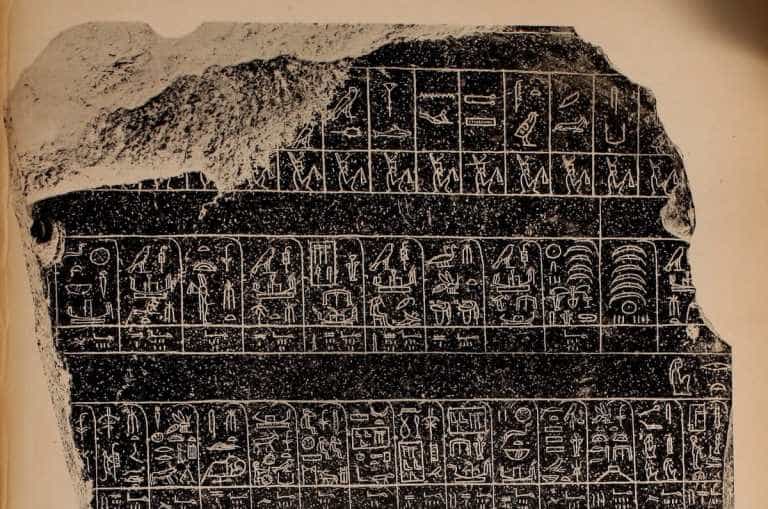
A Journey Through Time
In 1859, a Sicilian lawyer named Ferdinand Guidano stumbled upon an intriguing black basalt slab while wandering through an antique market in Cairo. The true origins of this stone remain a mystery; however, its journey from an obscure market to becoming one of the most important archaeological discoveries is nothing short of extraordinary. The slab, adorned with a series of hieroglyphs, would eventually become known as the Palermo Stone.
Upon Guidano’s death, his family generously donated this treasure to the Archaeological Museum of Palermo in 1877. For many years, the stone lay unnoticed, merely another artifact among countless others in the museum’s collection. It wasn’t until 1895 that Swiss archaeologist Édouard Naville visited the museum and recognized the stone’s significance. His insight led to the realization that this slab was not just a remarkable object but a fragment of the Royal Annals of the Old Kingdom of Ancient Egypt.
What is the Palermo Stone?
The Palermo Stone is a fragment of an extensive historical record known as the Royal Annals, which chronicles the reigns of Egyptian pharaohs from the First Dynasty to the early Fifth Dynasty. Dating back to approximately 2430-2280 BC, this stone is considered one of the oldest surviving historical texts from Ancient Egypt.
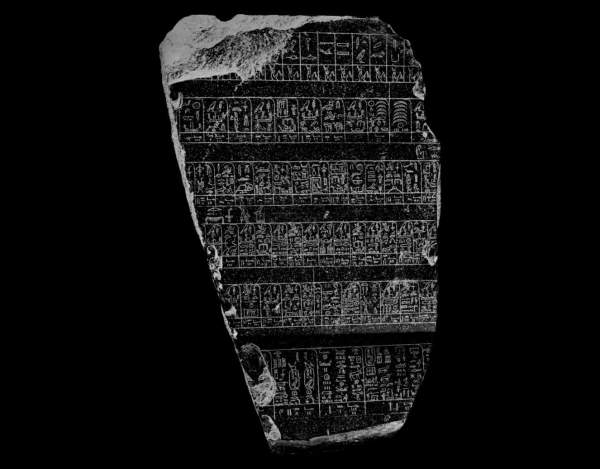
The Royal Annals originally consisted of seven fragments; five were transferred to the Egyptian Museum in Cairo between 1895 and 1914, while another smaller fragment found its way to the Petrie Museum at University College London through renowned archaeologist Flinders Petrie in 1914. Despite being scattered across various institutions, together they provide invaluable insights into the early history of Egypt.
The Significance of the Stone
The importance of the Palermo Stone cannot be overstated. The information it contains is crucial for understanding Egyptian history during the Old Kingdom period. Upon its translation in 1902 by Heinrich Schäfer, scholars discovered that it lists the kings of Egypt from the First Dynasty (3150-2890 BC) to the onset of the Fifth Dynasty (2392-2283 BC). Each king’s reign is accompanied by significant events that occurred during their rule, offering a detailed chronology that allows historians to piece together Egypt’s rich past.
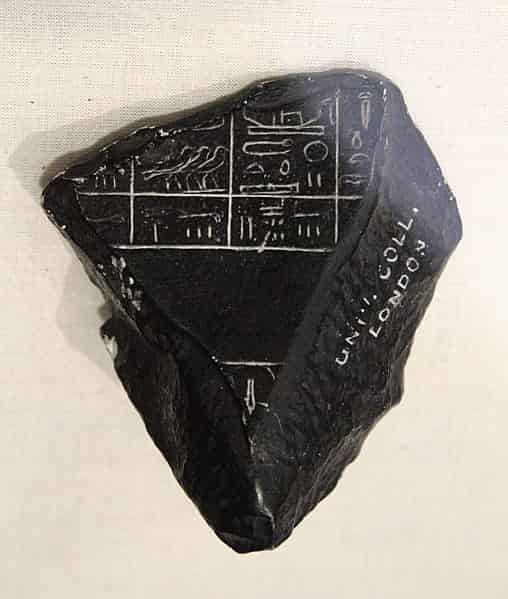
The significance extends beyond mere names and dates; it provides context about annual Nile inundations, tax records, religious festivals, military campaigns, and even cattle census data. Such details help reconstruct not only royal lineage but also the socio-economic landscape of ancient Egypt.
Physical Characteristics
The Palermo Stone itself has an irregular shape, measuring approximately 43.5 centimeters in height, 25 centimeters in width, and 6.5 centimeters in thickness. Its surface is inscribed with hieroglyphics arranged in six horizontal bands, with text reading from right to left. The inscriptions begin with a list of predynastic kings of Lower Egypt and continue chronologically through several dynasties.
One intriguing aspect of the inscription is that it does not conclude at the front but continues onto the back, covering significant events during the reigns of pharaohs up to Neferirkare Kakai, who was the third ruler of the Fifth Dynasty. Each entry includes not just the name of the king but also that of his mother—an essential detail that highlights the importance of maternal lineage in royal succession.
Insights into Egyptian Society
The Palermo Stone serves as a window into ancient Egyptian society, revealing how rulers were documented and how their reigns were perceived. The annals reflect not only political events but also cultural and religious practices. For instance, recordings related to temple foundations illustrate how intertwined religion and governance were during this period.
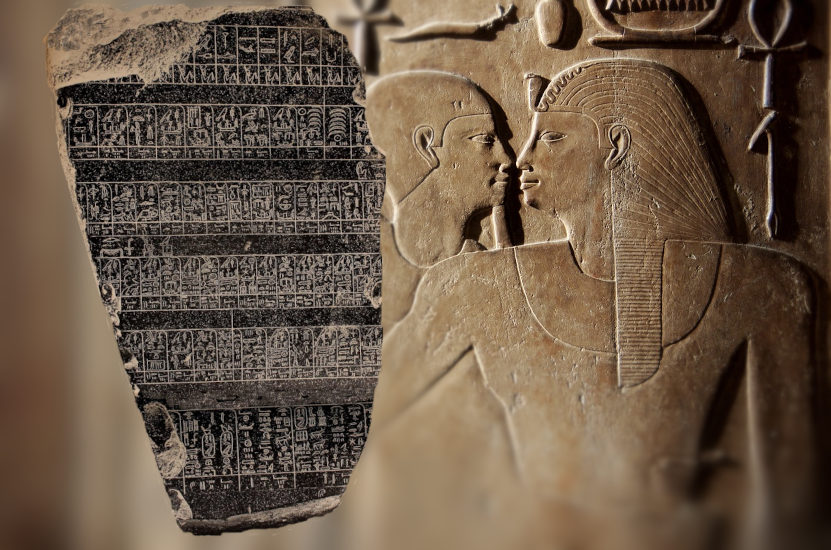
Moreover, the stone highlights how pharaohs were viewed historically; certain reigns are omitted from the records, suggesting they may have been deemed illegitimate or unworthy by later historians or priests who maintained these records. This finding aligns with accounts from historians like Herodotus and Diodorus of Sicily, who noted that temples preserved Egyptian royal history from its inception.
The Kings Listed on the Palermo Stone
Understanding who was documented on this significant artifact provides further insights into Egyptian history. The kings listed on both sides of the stone include notable figures from various dynasties:
On the obverse side:
- Predynastic Period: Mejet, Wadynar, Neheb, Tiu, Tyesh, Jaau, Seka
- First Dynasty: Aha, Djer, Djet, Den
- Second Dynasty: Nynetjer, Khasekhemwy
- Third Dynasty: Djoser
- Fourth Dynasty: Seneferu
On the reverse side:
- Third Dynasty: Huni
- Fourth Dynasty: Shepseskaf
- Fifth Dynasty: Userkaf, Sahura, Neferirkare
Each king’s name is accompanied by critical data significant to their reigns. This information forms a cohesive narrative that traces Egypt’s political evolution over centuries.
A Political Document
Interestingly, scholars theorize that this stone may not have been intended for public display or as a monument. The dual inscriptions suggest that it was possibly one of several steles erected in a prominent temple in Memphis—an ancient capital of Egypt—intended to record official royal histories.
This hypothesis is bolstered by certain omissions in recorded lineages; some rulers are notably absent from these inscriptions likely due to their contested legitimacy or lack of significant achievements worthy of mention.
The Role of Priests in Preserving History
The role of priests in maintaining these historical records cannot be overlooked. They were custodians of knowledge and history; as such, they would have been responsible for ensuring that significant events were accurately chronicled. This safeguarding allowed for continuity in Egypt’s historical narrative and provided future generations with insights into their past.
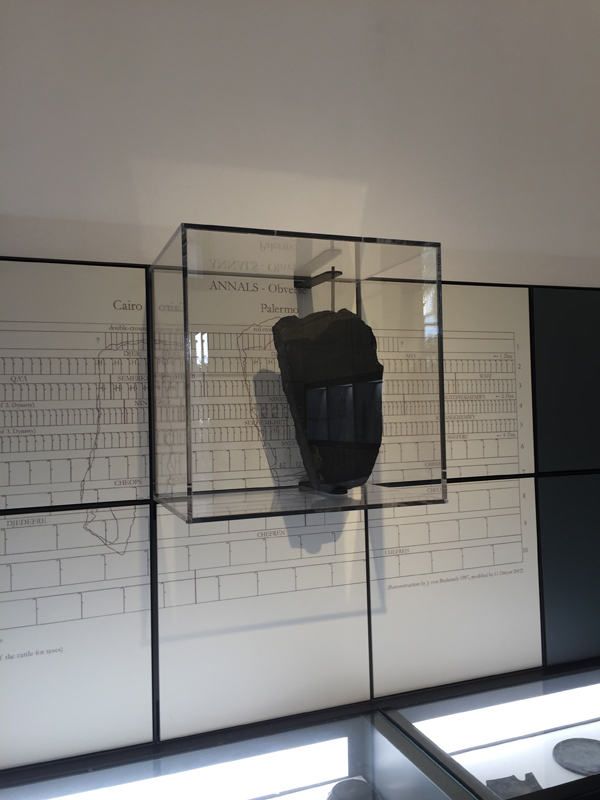
Priests could refer back to records housed within temples for a comprehensive understanding of previous rulers and their deeds—a practice that would have been critical for political legitimacy and governance during times of succession.
Conclusion: A Testament to Ancient Egypt
The Palermo Stone stands as a testament to ancient Egypt’s intricate history and culture. Its discovery and subsequent interpretation have opened doors for scholars seeking to understand this remarkable civilization. The stone is more than just a fragment; it is a key cultural artifact that unlocks narratives about kingship, governance, religious practices, and daily life during one of history’s most significant epochs.
As we reflect on what this ancient slab represents, it reminds us that history is not merely a collection of dates and names but rather a living tapestry woven from countless stories and experiences. For anyone interested in ancient civilizations or Egyptian history specifically, delving into the significance of the Palermo Stone offers a profound opportunity to appreciate our shared past.
To further explore Egyptian history and its myriad tales, consider visiting your local museum or accessing online resources dedicated to archaeology and ancient studies. Engaging with history can enrich our understanding and appreciation for cultures that have shaped our world today.

